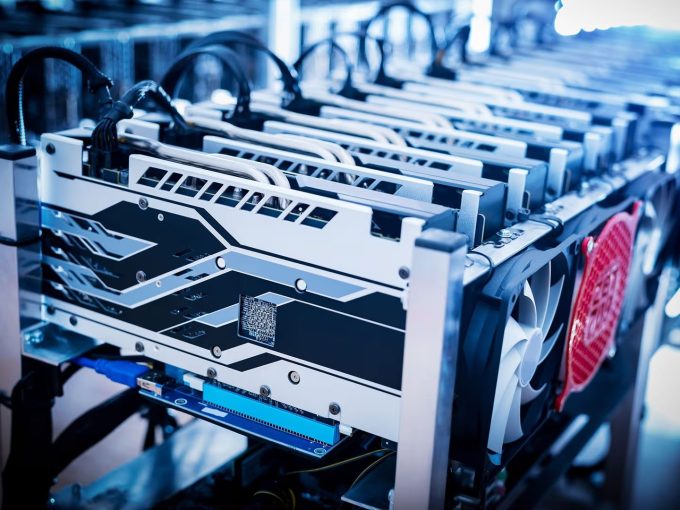Blank-check firm RF Acquisition III has filed to raise $100 million through an initial public offering (IPO), marking its entry into the booming Asian deep tech investment space. The company plans to list on the NASDAQ in the coming weeks, aiming to capitalize on investor interest in innovative technologies and cross-border growth opportunities. The move signals continued optimism for the special purpose acquisition company (SPAC) market, even amid a cautious global IPO environment.
Company Background
RF Acquisition III is the third SPAC under the RF Acquisition brand, a sponsor group with a track record of pursuing high-growth opportunities in the Asia-Pacific (APAC) region. The company’s leadership team includes CEO and Chairman Lawrence Chu, known for his background in venture capital and strategic investments across technology and fintech sectors. RF Acquisition III is designed to identify and merge with a target operating in deep tech, a broad category encompassing artificial intelligence, robotics, semiconductors, and advanced manufacturing. Previous RF Acquisition vehicles have focused on fintech and digital platforms, giving the firm extensive experience in scaling emerging technology businesses.
IPO Details
According to the filing with the U.S. Securities and Exchange Commission (SEC), the offering seeks to raise $100 million by issuing 10 million units at $10 each. Each unit will consist of one share of common stock and one right to receive a tenth of a share upon completion of an acquisition. The SPAC intends to list under the ticker symbol “RFAQ.U” on the NASDAQ Global Market. EF Hutton, a division of Benchmark Investments, is acting as the sole book-running manager. Based on the proposed offering, the company’s market capitalization would be approximately $125 million, assuming full exercise of the underwriters’ option.
Market Context & Opportunities
The timing of RF Acquisition III’s IPO coincides with renewed investor focus on deep tech innovation as governments and corporations in Asia increase funding for artificial intelligence and advanced manufacturing. Despite global market volatility and higher interest rates, capital continues to flow toward sectors seen as strategically vital for long-term economic competitiveness. Deep tech startups, often requiring significant early-stage investment, stand to benefit from the SPAC model’s speed and flexibility in accessing public markets. If successful, RF Acquisition III could tap into one of the fastest-growing technology ecosystems in the world, where demand for AI-driven infrastructure and next-generation computing remains strong.
Risks & Challenges
However, the company faces a challenging landscape. Investor sentiment toward SPACs has cooled after a wave of underperforming post-merger entities in 2022–2023. Moreover, targeting deep tech firms brings added uncertainty, as many operate with long development cycles and limited near-term profitability. Regulatory scrutiny, particularly regarding cross-border investments in strategic technologies, may also complicate deal-making. RF Acquisition III must identify a credible target and execute efficiently to convince the market of its value proposition.
Closing Paragraph
RF Acquisition III’s IPO represents both a bet on Asia’s deep tech potential and a test of whether investors still have an appetite for SPAC-driven innovation. Its success will depend on finding the right merger partner and delivering tangible results in a cautious market. For now, the offering reflects a quiet revival of SPAC activity — and a signal that investor interest in transformative technology remains alive on the global stock market.













Leave a comment